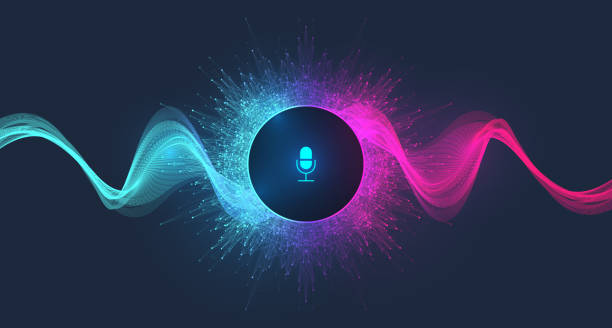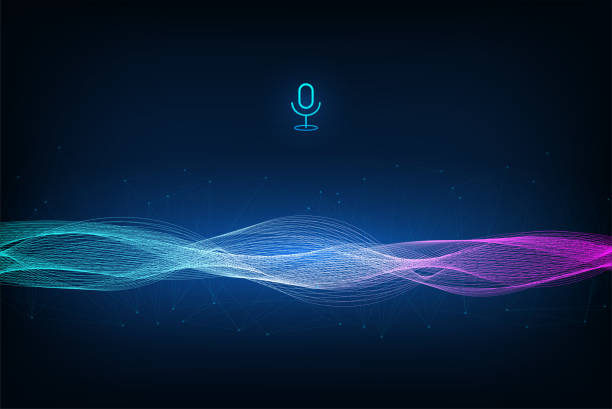A comprehensive guide to harnessing speech analytics for insightful voice data analysis

Introduction
In today’s digital age, voice has become one of the most pivotal mediums for communication. From customer support to business meetings, we’re constantly speaking, and behind those words lies a goldmine of data. Speech analytics is the tool that helps us unearth this treasure, making sense of spoken words to derive actionable insights. This guide will walk you through the intricacies of speech analytics, why it’s a game-changer, and how businesses can harness its power.
What is Speech Analytics?
The process of analysing recorded calls or real-time conversations to gather insights is what speech analytics is all about. It’s like having a magnifying glass for spoken words, where you can spot trends, sentiments, and even future predictions.
– The Technology Behind It: Using advanced algorithms and artificial intelligence, speech analytics tools dissect voice data, converting it into text, and then analysing it for patterns.
– Applications in Business: From customer service to sales, businesses across the board use speech analytics to enhance performance metrics and improve overall customer satisfaction.
Benefits of Speech Analytics
Understanding voice data isn’t just about numbers; it’s about extracting real value from conversations. The perks of speech analytics are numerous, and here are some that stand out:
– Enhancing Customer Experience: By pinpointing areas of discontent or patterns in customer behaviour, companies can tailor experiences to suit their audience’s needs.
– Operational Efficiency: Identifying best practices, training opportunities, and operational bottlenecks becomes a breeze with speech analytics.
– Risk Management: Detect compliance issues or potential risks before they escalate into bigger problems.
Challenges in Implementing Speech Analytics
No technology comes without its set of challenges. While speech analytics is a powerhouse of insights, it also brings along its fair share of hurdles:
– Data Privacy Concerns: As conversations are recorded, businesses need to be wary of data protection regulations and ensure customer privacy is maintained.
– Interpreting Emotions: While the technology is advanced, deciphering the true sentiment behind words can sometimes be a complex task.
– Infrastructure Requirements: Setting up the tools and systems for effective speech analytics may require significant investment.
Future of Speech Analytics
We’re just scratching the surface when it comes to harnessing the full potential of speech analytics. The future holds promising developments:
– Integration with Other Data Sources: Imagine combining voice data with other data points like purchase history or browsing habits. The insights would be unmatched.
– Real-time Analytics: Instead of post-call analysis, real-time feedback could change the way customer support or sales calls are handled.
– Emotion Recognition: Advanced algorithms might soon be able to pick up not just words, but also the emotions conveyed through tone and inflection.
Best Practices in Speech Analytics
If you’re considering diving into the world of speech analytics, here are some golden rules to keep in mind:
– Always Inform Participants: Before recording, ensure all parties are aware. It’s not just a best practice, but often a legal requirement.
– Combine with Other Metrics: Don’t rely solely on voice data. Combine it with other metrics for a holistic view.
– Continuous Training: As with any technology, continuous training and updates are essential to get the most out of speech analytics.
Speech Analytics Vs. Traditional Analytics
The world of analytics is vast. While traditional analytics relies on quantifiable metrics like sales numbers or website traffic, speech analytics delves deeper:
– Quantitative Vs. Qualitative: While traditional analytics gives you hard numbers, speech analytics provides insights into sentiments, emotions, and behaviour.
– Reactive Vs. Proactive: Traditional analytics is often reactive, while speech analytics allows businesses to be proactive, identifying issues or opportunities in real-time.
How to Choose a Speech Analytics Tool
The market is flooded with tools, but how do you pick the right one for your needs?
– Define Your Goals: Know what you want to achieve – be it improving customer service, increasing sales, or ensuring compliance.
– Check Integration Capabilities: Ensure the tool can seamlessly integrate with your existing systems.
– Prioritise User-Friendliness: A tool is only as good as its usability. Choose one that’s user-friendly and doesn’t have a steep learning curve.

FAQs
- What are the main components of speech analytics?
At its core, speech analytics involves capturing voice data, converting it to text, analysing the content, and deriving insights based on patterns, sentiments, and behaviours.
- Why is speech analytics important for businesses?
It provides unparalleled insights into customer behaviour, identifies areas for improvement, ensures compliance, and can even predict future trends.
- Can speech analytics detect emotions?
While it can give indications based on words used, true emotion detection, considering tone and inflection, is still in its developmental stages.
- Is there a risk of breaching privacy with speech analytics?
Yes, businesses need to ensure they’re compliant with data protection regulations and always inform participants before recording.
- How accurate is speech analytics?
While advancements in AI have significantly improved accuracy, the efficiency often depends on the tool used and the clarity of the recorded conversations.
- Does speech analytics work in real-time?
While many tools offer post-call analysis, there’s a growing trend towards real-time analytics, offering immediate feedback during calls.
Conclusion
In the expansive realm of analytics, speech analytics stands out as a beacon of qualitative insights. As businesses continue to evolve in the digital age, understanding voice data will become indispensable. Whether you’re a seasoned business leader or just starting, tapping into the potential of speech analytics could be the key to unlocking unprecedented growth.
External Links/ Sources:
What is speech analytics and how does it benefit businesses?
